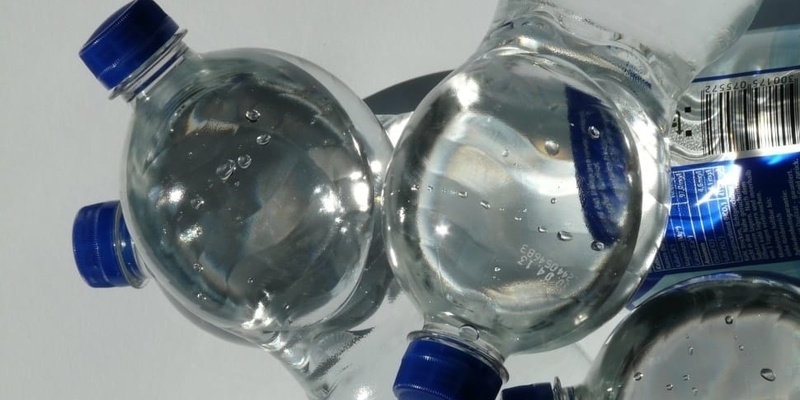Plastic for a Purpose: How a Barter Scheme Is Turning Waste Into Hope for Schoolchildren
In a quiet tribal settlement inside Mumbai’s green Aarey forest, an extraordinary story is unfolding, one that blends kindness, sustainability, and innovation. Here, plastic is no longer just waste. It’s a currency. A tool for change. A gift that brings not only food to homes but also study benches to classrooms. Welcome to the world of a barter initiative by the Thane-based non-profit Khushiyaan Foundation, where households trade their collected plastic waste for essential food grains, and that plastic is recycled into much-needed school furniture.The Birth of ‘Plastic Do, Dhaan Lo’The initiative is the brainchild of Chinu Kwatra, the founder of Khushiyaan Foundation, who took inspiration from his childhood. He fondly remembers how families once exchanged cleaned milk bags for garlic or groceries. That idea, rooted in a lost culture of sustainable barter, sparked the creation of a modern version with an environmental twist. While plastic pollution continues to overwhelm our cities, most recycling focuses on high-density plastics like PET bottles. However, low-density plastics (LDP)—such as carry bags, multilayered packaging, and milk bags—are often ignored because they’re hard to recycle and hold little value in the traditional scrap trade. So what happens to them? Most often, they end up in landfills, drains, or beaches, taking centuries to decompose and harming wildlife and ecosystems. Kwatra and his team saw this as an opportunity—not a problem.A Community Steps Up for ChangeIn the small Adivasi hamlet of Katlipada, 30 households took part in the pilot program. In just the first month, they collected 40.8 kilograms of plastic waste, which they exchanged for red lentils, helping meet their basic food needs while keeping their homes and surroundings clean. This simple, honest exchange brought a wave of pride and purpose to the community. What was once garbage became a reason for families to come together, clean their areas, and contribute to something larger.The success of this pilot is encouraging Khushiyaan Foundation to expand the initiative to other settlements and even urban housing societies across Mumbai. At the heart of this initiative lies a breakthrough- India’s first material recovery facility (MRF) dedicated to low-density plastic waste. Located in Vartak Nagar, Thane, this facility is where the magic happens. The collected plastic is cleaned, segregated, and compressed into granules .These granules are then sent to a specialized recycling unit where they’re turned into 18mm thick sheets—a sustainable alternative to plywood. It takes around 18–20 kg of plastic to make one sheet, which can be crafted into a bench for schoolchildren. It’s a slow but meaningful process. The foundation currently has enough material to produce 2,000 kg worth of plastic, enough to make over 100 benches. They aim to deliver their first batch of 20 benches to a government school by August.Education from Trash: A Bench Full of StoriesEvery bench made is more than just furniture. It’s a symbol of possibility. A tangible result of collective effort, where waste becomes a resource and forgotten plastic becomes a platform for learning. The story behind each bench makes it truly special. While household collections are picking up pace, a large part of the plastic still comes from the beaches of Mumbai, thanks to the foundation’s cleanup arm, Beach Warriors. These volunteers regularly remove plastic waste from the city’s shorelines, ensuring it finds a second life instead of polluting the sea. But Kwatra isn’t stopping here. The plan is to scale up the model to produce five benches a day, extend the barter program to new communities, and offer other utility products like garbage bags and seating solutions to those who participate. Importantly, the project refuses to monetize eco-friendly tags. ‘Plastic Do, Dhaan Lo’ reminds us that even the most ignored material can carry the weight of dreams, and that transformation begins not in factories, but in homes, hearts, and hands willing to try.

.jpg)


